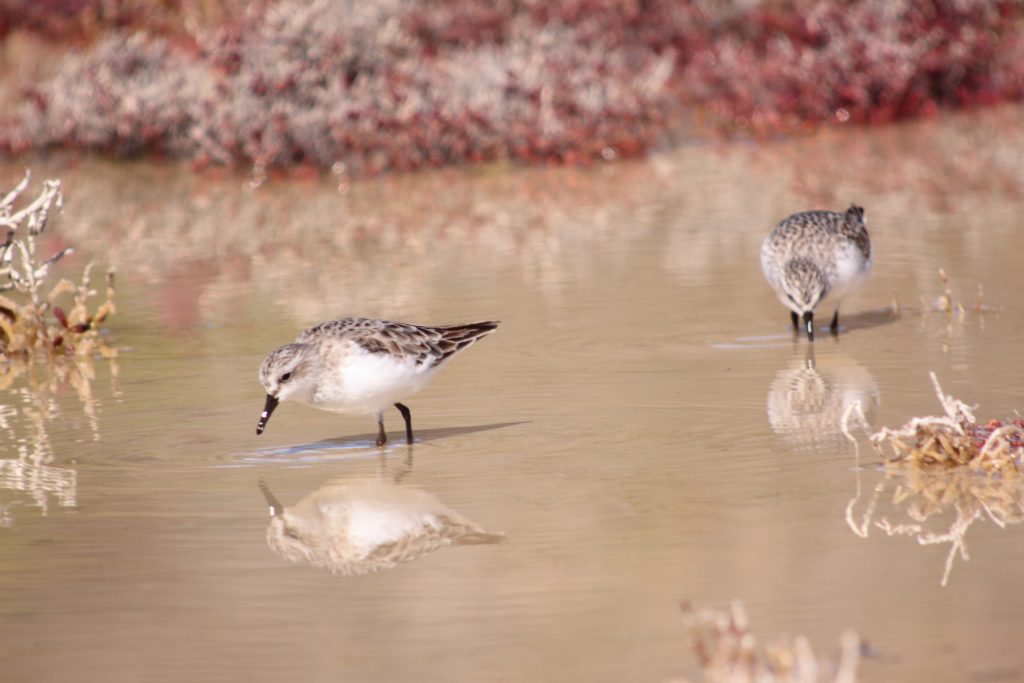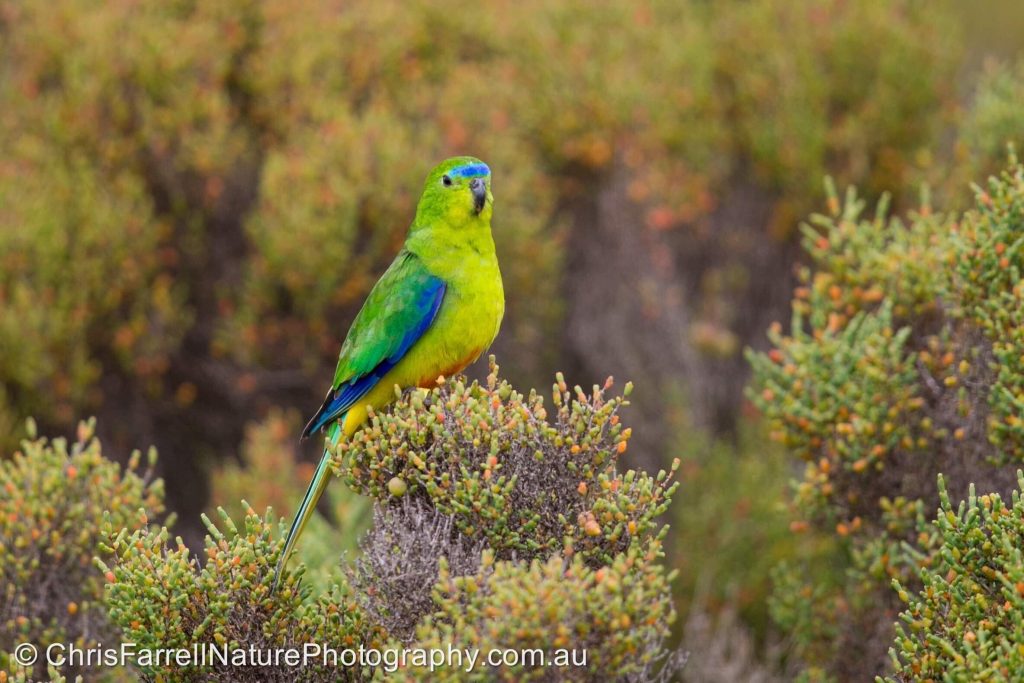Talking about some incredible journeys for World Migratory Bird Day
Around this time of year birds around the world of many species have just completed, or are in the process of completing, some amazing flights as they shift north (or in one case, west) to find warmer and more productive climes. Many of those moving from the southern hemisphere to the northern hemisphere are heading there with the serious intention of claiming the best breeding grounds or mates. Others are simply on a furlough, having bred in the south and are heading north to fatten on the abundance of food available in the northern hemisphere in spring and summer. Within Australia, some bird species are moving north after completing their breeding season in southern Australia: some from Tasmania and other islands head to the mainland; others from the southern parts of Australia head to the tropical northern Australia or to islands further north beyond our shores.
Thirty-two species of migratory shorebirds such as sanderlings, red-necked stints, turnstone, knots, godwits, curlews, snipe and plovers make annual trips between northern Asia and Australia. Some species like the bar-tailed godwit fly in giant leaps, non-stop, over 5500 km to the Yellow Sea in China where they spend a month feeding in the mud flats, regaining nearly half their body mass that they’ve shed getting there – before continuing to Alaska in another leap to start breeding by mid-to-late May! After breeding they congregate in southern Alaska then head south again in mid-September. In one of the most amazing flights known, they head back to the east coast of Australia in a non-stop 10,000 km, eight-or-more-days’ flight across the Pacific Ocean. Other species like the red-necked stint which weighs only 30 grams, fly similar distances but proceed in many smaller hops or steps. These stints breed in the Siberian tundra every year and return to Australia for our spring and summer. How they find their way is a story for another day.

The double-banded plover is a special species as unlike most migratory birds (which fly north-south), it makes an annual east–west migration between Australia and New Zealand. In spring and summer each year these plovers breed on the braided river systems and coast of the islands of New Zealand. After breeding, some of the birds from the South Island leave and cross the Tasman Sea where they spend the autumn and winter in Australia. They arrive around the time the northern migrants (the migratory shorebirds – the sanderlings, red-necked stints, knots, godwits, curlews, snipe and plovers mentioned earlier) are leaving Australia and depart as they are returning, so face little competition for food while they are here.

A third, mixed group of birds like the swift, blue-winged and orange bellied parrots (right), and small passerine species like the Tasmanian grey fantail and silvereye, fly across Bass Strait to mainland Australia in late summer/early autumn after they have finished breeding in Tasmania. The fantails and silvereyes spend the autumn and winter here in southern Australia with the local subspecies, before heading back to Tassie in early spring. How such small birds make their way across the wild weather of Bass Strait is a marvel to contemplate!
Finally, a wide range of birds that breed locally in spring and summer, such as, pink robins and rose robins, dusky woodswallows, restless flycatchers, rainbow bee-eater, black-faced cuckoo shrikes and the cuckoo species, head north in autumn. Some, like the robins, move north within Victoria, others, like the flycatchers, move within Australia; the bee-eaters and cuckoos head to northern Australia and some even go further out to the Pacific Islands.
Birds migrate in all sorts of ways all over the world. They face many natural challenges arising from weather and distances covered, but also because of changes that humans have brought about: habitat clearing, pollution, climate change, lights to name a few. The consequences for the birds of arriving at a staging post after a long flight to find the habitat they forage in gone or modified are, as you can imagine, not good for survival.
This past Saturday, May 14 was World Migratory Bird Day. It is held annually to celebrate migratory birds and to highlight the need to protect them and their habitats. You can find out more about migratory birds at here.
